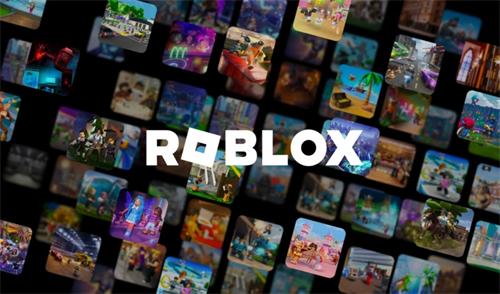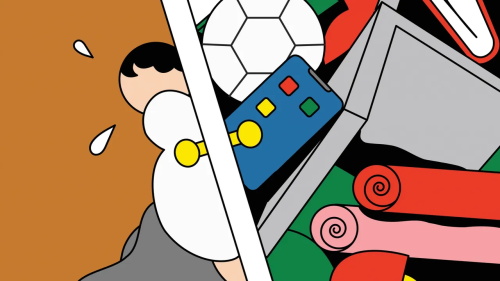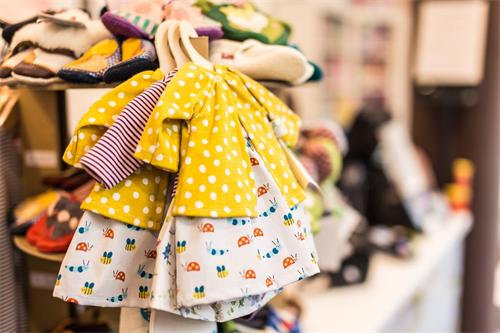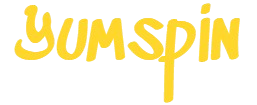The ‘Roblox Economy’: Teaching Kids Entrepreneurship Through Gaming

If you still think Roblox is just a way for kids to kill time, you might be underestimating its potential. Roblox isn’t just a highly interactive sandbox game—it’s also an educational platform where kids can learn programming, game design, and even the basics of business. It’s like a “Wikipedia for teens,” a space that blends fun and learning, quietly reshaping how the next generation learns and explores entrepreneurship.
At its core, Roblox is a user-generated content platform, very different from traditional games that follow a set storyline. In Roblox, players first create a digital avatar with a blocky body and simple expressions. Then, they’re free to explore countless user-created virtual worlds—from tropical islands to haunted castles, from RPGs to puzzle and shooting games. Every game on the platform is made by users themselves, which is what makes Roblox so unique: everyone is both a player and a creator.
The “Second Classroom”: Can Gaming Teach Kids to Code?
Roblox’s success is deeply tied to its investment in children’s education. Since its business boom in 2016, Roblox has expanded collaborations with schools and educational institutions, offering free lesson plans and teaching materials. Many schools have started using Roblox as a tool to teach programming and help students grasp difficult subjects like math and physics.
Beyond the classroom, Roblox also runs coding summer camps, giving students the chance to visit high schools or colleges and learn in immersive environments. The development tool, Roblox Studio, is user-friendly and perfect for beginners. Kids can design game characters, build levels, and create interactive mechanics—activities that sharpen logic, design skills, and creative thinking.
Virtual Currency, Real Economy: Roblox as a Startup Bootcamp
What’s even more surprising is how Roblox allows kids not only to build games but also to engage with a functioning economic system. The platform uses a virtual currency called Robux, which players buy with real money to purchase in-game items and experiences. Developers—many of whom are teens or college students—earn a share of these purchases.
For example, a developer might design a cool outfit, weapon, or game level. When players buy these using Robux, part of the payment goes to the developer. Even better, when a developer accumulates enough Robux, they can convert it into real money (100 Robux is roughly equivalent to \$0.35). Some young developers have earned enough to pay for college or even start their own game studios.
This “game + economy” ecosystem allows kids to learn entrepreneurship in a natural and engaging way. They begin to think about product value, pricing strategies, how to attract users, and how to collaborate with teammates—skills often reserved for adulthood or the workforce, now introduced through play.
What Can Kids Actually Learn on Roblox?
1. Creative Expression & Product Design: Using Roblox Studio, kids design game rules, characters, and levels—training their imagination and logical thinking.
2. Programming & Math Skills: Game mechanics are built using Lua scripting. Kids pick up programming syntax and algorithmic thinking by doing.
3. Team Collaboration: Many projects are team-based, so kids practice communication, cooperation, and resource sharing—important soft skills.
4. Financial Literacy: The virtual economy teaches basic money management: income, expenses, budgeting, and even concepts like revenue sharing and reinvestment.
5. Marketing & User Awareness: They learn to improve game experiences and attract more players, gaining insight into user engagement and product optimization.
Risks & Responsibilities: What Parents Should Know
Of course, no platform is perfect. The biggest concerns with Roblox involve content moderation and child safety. Since all content is user-generated, there’s a risk of kids being exposed to inappropriate material. There are also common concerns about online harassment and unwanted interactions from strangers, which can pose risks to young users on the platform.
Roblox has acknowledged these issues and introduced some safeguards. For instance, voice chat is limited to users aged 13 and up who’ve verified their accounts via phone. AI moderation is also in place to review conversations in real time. Still, verifying underage users remains a major challenge across the industry.
Rather than simply limiting screen time, parents should actively engage in their child’s Roblox experience. Here’s how:
- Understand the games your child plays and the projects they work on.
- Encourage them to share their creative process.
- Regularly check account settings and privacy options.
- Use gaming moments to educate them on online safety.
- Help them set achievable goals and a healthy play schedule.
Roblox isn’t just filling the gap in quality digital entertainment for kids—it’s combining education, entrepreneurship, social interaction, and creative arts into a single platform. For today’s kids, Roblox is no longer just a game; it’s a stage where they can dream, learn skills, and even generate income.
It represents not only the rise of a new “gaming economy” but also a fresh possibility for future education: learning through play, and mastering real-world survival and competition skills in a virtual world. For growing kids, this kind of experience might just be more enlightening than any traditional classroom lesson.
Recommended for you:







